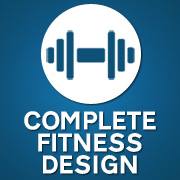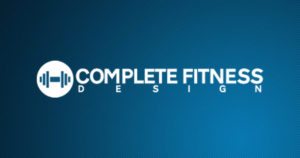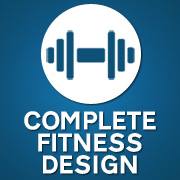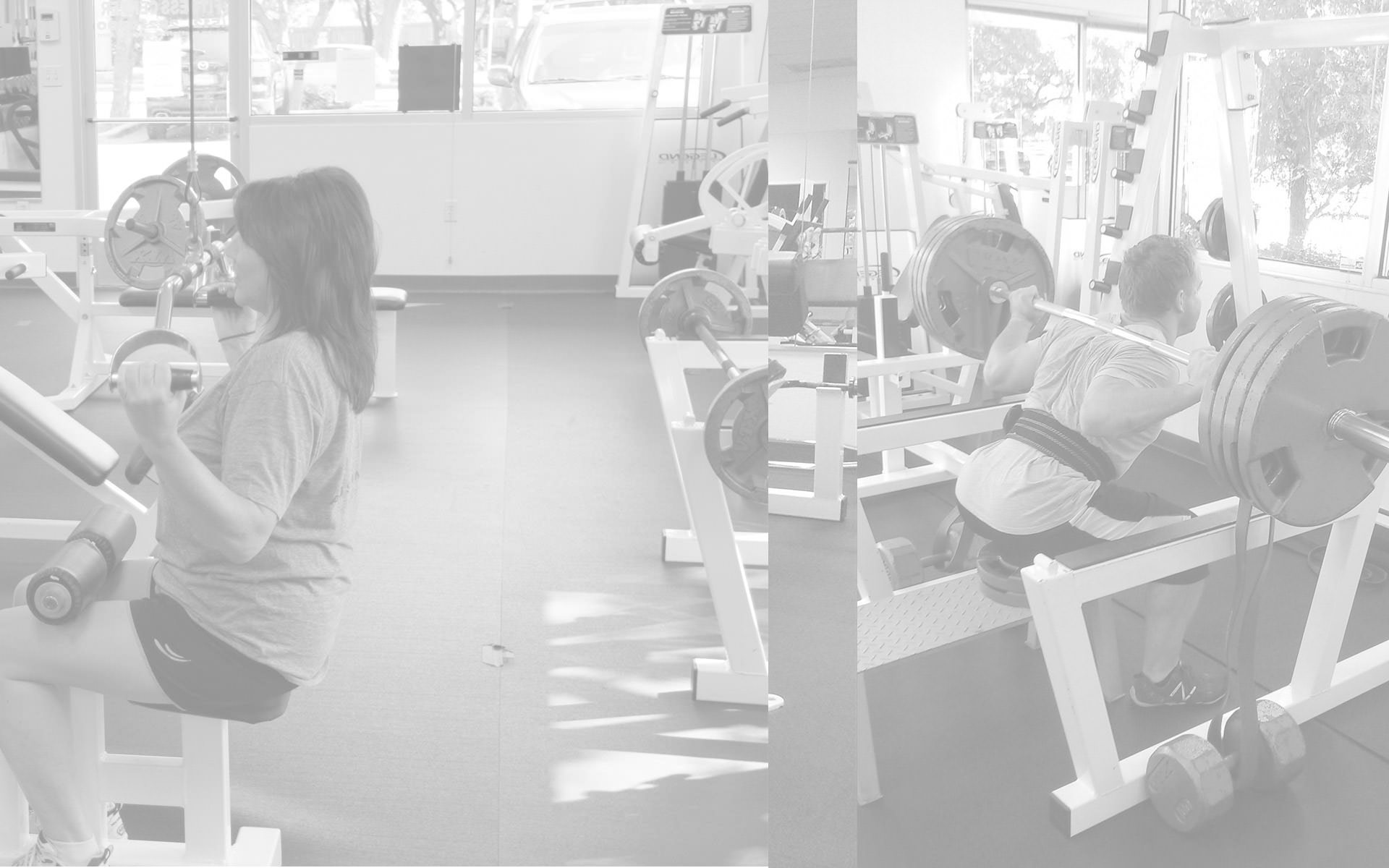The difference between fast and slow twitch muscle Fibers
There’s an age old adage in gyms all across the globe that says lifting heavy weights will make you bigger and stronger, while lifting lighter weights will make you toned. In other words, if you lift lighter weights with more volume you won’t get bigger, and conversely, if you lift heavier weights for less reps, you’ll only grow stronger. Is this true, or is this just another fitness myth?
The skeletal muscles are comprised of two types of muscle fibers. Fast and slow twitch. Fast twitch fibers are recruited for anaerobic activities, such as sprinting, for example. Slow twitch fibers, on the other hand, are recruited for aerobic activities, such as jogging.
An easy way to remember the difference between the two is to put it all in a contextual running scenario. If you were to run a true marathon of 26 miles, your body would be relying on the slow twitch muscle fibers which are aerobic, meaning they are fueled by fat and oxygen. Think slow twitch fibers for running slowly. On the other hand, if you were to sprint a 100 yard dash, you would be using mostly your fast twitch muscle fibers which are anaerobic and fueled by creatine, glucose, and the like. Fast and explosive movements use fast twitch fibers.
Since every skeletal muscle is comprised of a combination of fast and slow twitch fibers, it’s very important to train the muscles accordingly and appropriately for whatever it is that we’re training for. While there will be a preponderance of one type of fiber over the other in different muscles, which only a muscle biopsy can tell us which fiber type is dominant, training both types is essential for maximizing growth and strength. As a longtime Austin personal trainer, I’ve worked with a lot of elite professional athletes. If my client is a NFL defensive end, for example, we would need to maximize explosiveness and strength and thus develop as much of the fast twitch fibers as possible. Endurance will also be an necessity, as one play follows another, and a lot of running can be required. Therefore, we would need to develop the slow twitch fibers as well. In this case, however, fast twitch fibers are going to be needed more as explosive changes in direction and tackling are the norm. An NBA player would have a different set of needs. Quite the opposite of an NFL defensive end, in fact. The basketball player will certainly need explosiveness for jumping and the many directional changes needed in the course of a game, but endurance is going to be much more of an issue than for the basketball player due to the constant running up and down the court.
If hypertrophy is the ultimate goal, however, it behooves the trainee to recruit both the fast as well as the slow twitch fibers whenever possible. Since the skeletal muscles contain both types of fibers, it only stands to reason that in order to fully develop a certain muscle, you would need to develop the entire muscle as opposed to just a part of it. This is accomplished by employing a varied approach to the exercises. There will times, for example, when working the pectorals, that heavier weights with sets containing fewer reps and done to failure will be performed. On other occasions, it would be very advantageous in the pursuit of fully developing that muscle to do sets with substantially lighter weight but for a far greater amount of repetitions per set. Adding another set on either day would be a good alternative for variance and keeping things fresh. In keeping with the pectoral development example, I may have a client, say the aforementioned NFL defensive end, work on a press machine with 315, 365 pounds, or more, obviously depending upon the strength level and the condition of the muscles as well as all the stabilizer muscles and connective tissue. We could do or 4 sets for 6-12 reps on that particular day for that exercise. After a few times of that, the next time we worked pecs, however, I may have him press 225 pounds for 4 sets of 30 reps. This way, he will have strong pecs and triceps required for pushing back against the huge offensive linemen in his attempt to either move them out of the way, or push them one way and then change directions quickly and go around them in pursuit of the quarterback or a running back.
If there’s no multi million dollar sports contract on the line, but rather you’re just looking to gain some muscle, get a little stronger, to feel better, and be able to enjoy a more active lifestyle, you too would optimally work both fiber types by using a varied approach, sometimes within the same workout. Keeping it fun and interesting by changing it up will keep you coming to the gym consistently as you pursue your goals. Couple that with the correct nutrition, techniques, and timing, it will also ensure that you meet your goals.
Ready to Get Started?

Andy

Latest posts by Andy (see all)
- Workout Motivation: How To Get Motivated To Work Out - March 9, 2022
- Body Fat Types: Subcutaneous and Visceral Fats - June 1, 2019
- Why Diets Work If You Stick With Them - April 1, 2019






